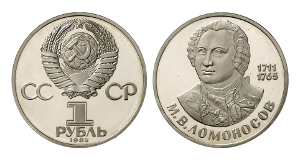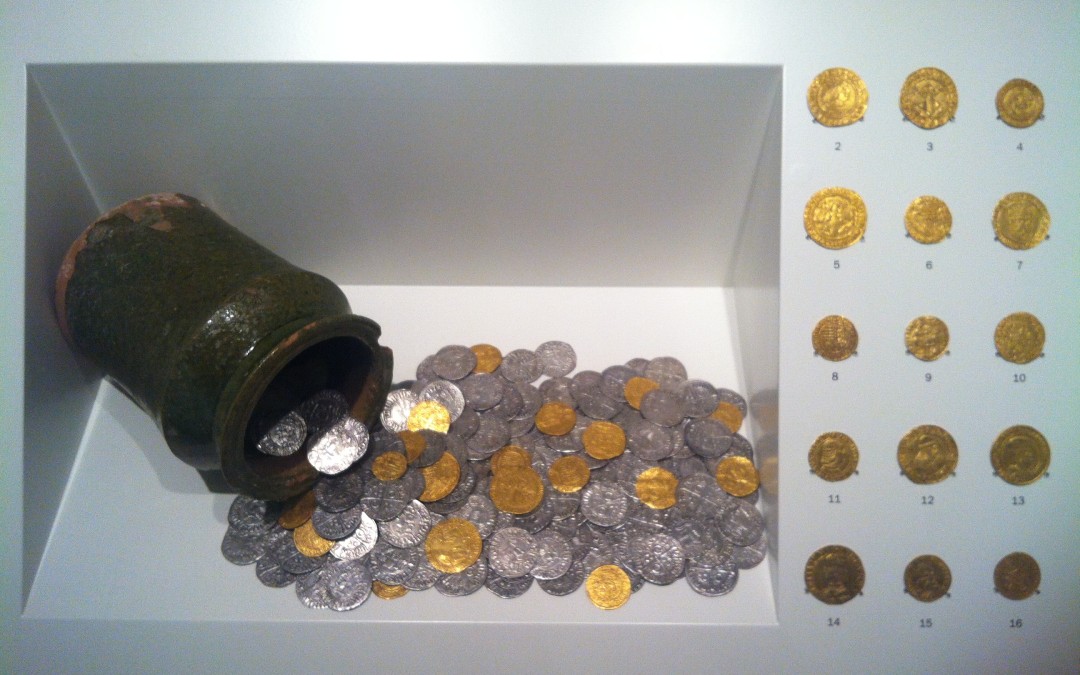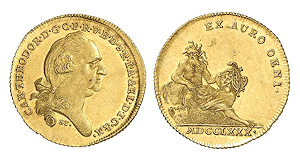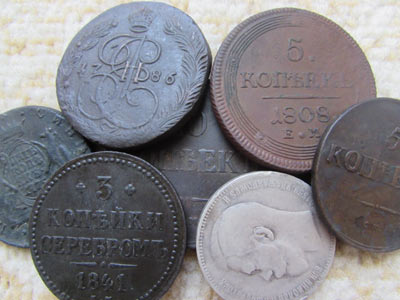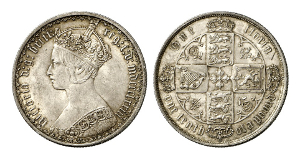menacing beak
Coins and coin type of ancient Greece
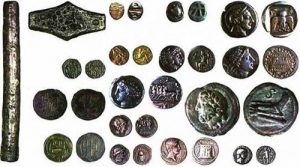 The stamp imprint on the coins is the seal of the country or city that issued it. The drawings and inscriptions on the coins represent the most important concept of “coin” science – the coin type.
The stamp imprint on the coins is the seal of the country or city that issued it. The drawings and inscriptions on the coins represent the most important concept of “coin” science – the coin type.
This concept is very sensitive to the historical and cultural environment in which coins are minted. Ancient Greek coins were the monetary units of the policy, and therefore they reflected what the city lived.
On the early coins of Athens, the drawings seem very unusual: a vase, a part of a horse, a human leg … Continue reading
